The Sodium Lactate Market is currently characterized by a dynamic competitive landscape, driven by increasing demand across various sectors, including food and beverage, pharmaceuticals, and cosmetics. Key players such as Corbion (Netherlands), BASF (Germany), and Cargill (United States) are strategically positioning themselves through innovation and regional expansion. Corbion (Netherlands) focuses on sustainable solutions, leveraging its expertise in biobased ingredients to enhance product offerings. Meanwhile, BASF (Germany) emphasizes digital transformation and supply chain optimization, aiming to streamline operations and improve customer engagement. Cargill (United States) is actively pursuing partnerships to enhance its market presence, particularly in the Asia-Pacific region, thereby shaping a competitive environment that prioritizes sustainability and technological advancement.
In terms of business tactics, companies are increasingly localizing manufacturing to reduce lead times and enhance responsiveness to market demands. The Sodium Lactate Market appears moderately fragmented, with several key players exerting influence over pricing and product development. This competitive structure allows for a diverse range of offerings, yet the collective strategies of major companies are likely to drive consolidation in the future, as firms seek to enhance their competitive edge through scale and innovation.
In August 2025, Corbion (Netherlands) announced a significant investment in a new production facility aimed at increasing its sodium lactate output. This strategic move is expected to bolster its capacity to meet rising demand, particularly in the food industry, where sodium lactate is valued for its preservative qualities. The investment underscores Corbion's commitment to sustainability, as the new facility will utilize renewable energy sources, aligning with global trends towards environmentally friendly production practices.
In September 2025, BASF (Germany) launched a new digital platform designed to enhance customer interaction and streamline order processing for its sodium lactate products. This initiative reflects BASF's focus on digitalization, aiming to improve customer experience and operational efficiency. By integrating advanced analytics and AI capabilities, the platform is likely to provide valuable insights into customer preferences, thereby enabling BASF to tailor its offerings more effectively.
In July 2025, Cargill (United States) entered into a strategic partnership with a leading Asian food manufacturer to expand its sodium lactate distribution network in the region. This collaboration is poised to enhance Cargill's market penetration in Asia, where demand for sodium lactate is on the rise due to its applications in food preservation. The partnership not only strengthens Cargill's supply chain but also positions it favorably against competitors in a rapidly growing market.
As of October 2025, the Sodium Lactate Market is witnessing trends that emphasize digitalization, sustainability, and the integration of advanced technologies. Strategic alliances among key players are increasingly shaping the competitive landscape, fostering innovation and enhancing supply chain reliability. Moving forward, it is anticipated that competitive differentiation will evolve, shifting from traditional price-based competition to a focus on innovation, technological advancements, and sustainable practices. This transition is likely to redefine market dynamics, compelling companies to adapt and innovate continuously.


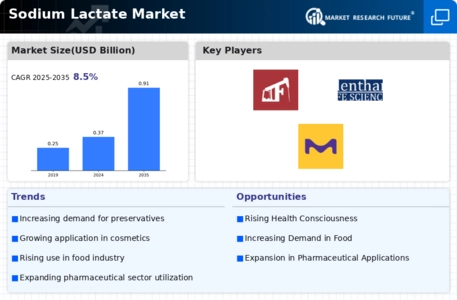
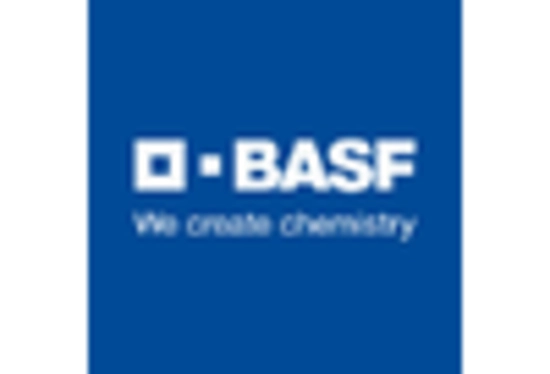
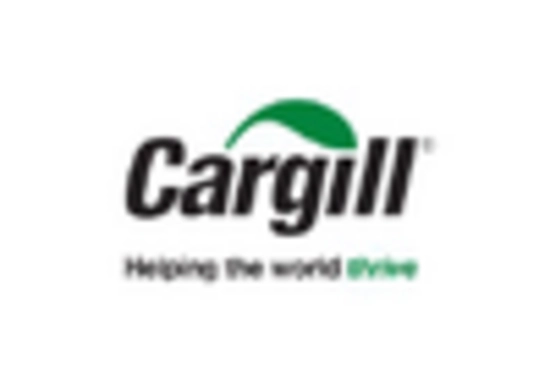
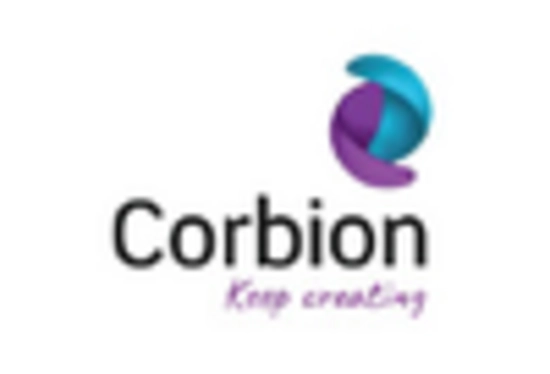
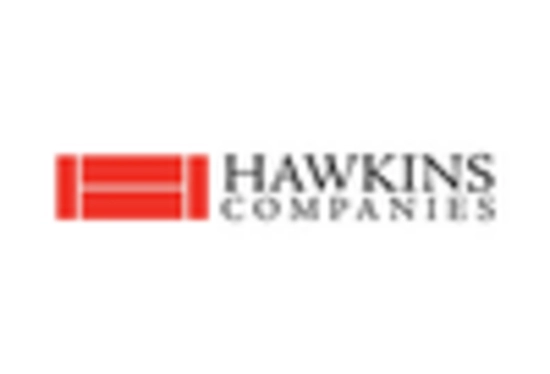
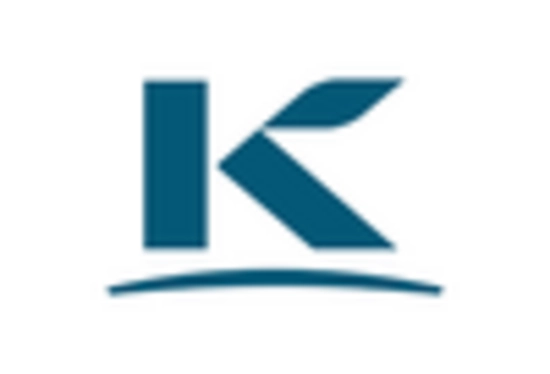
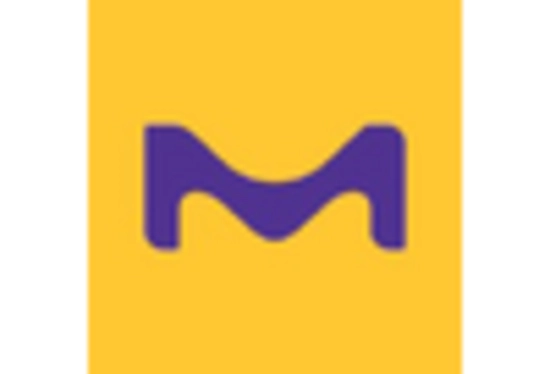








Leave a Comment